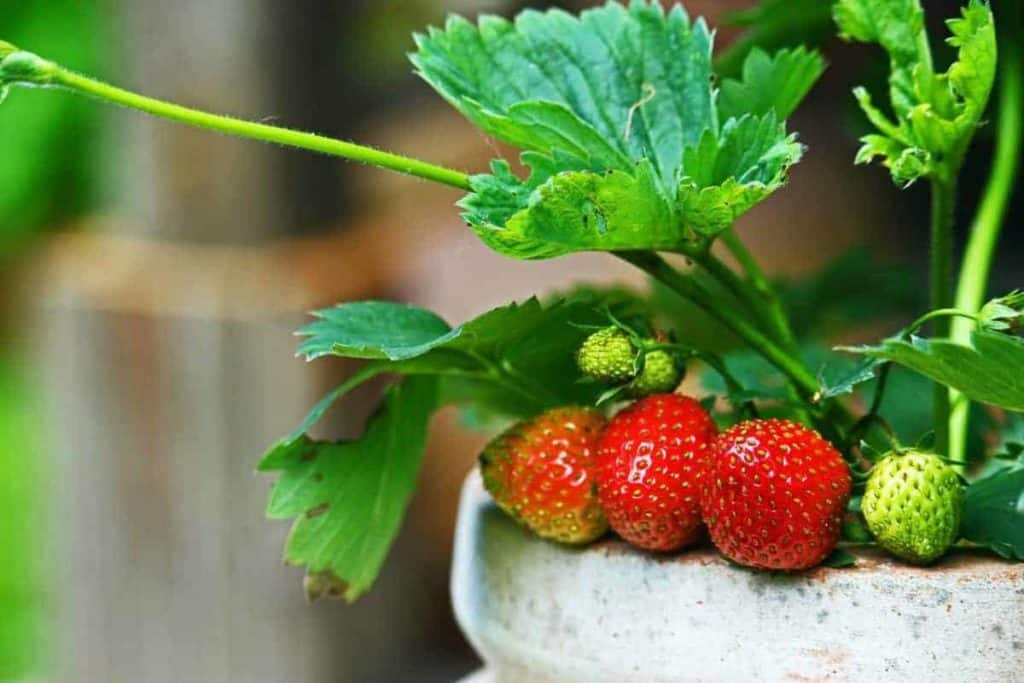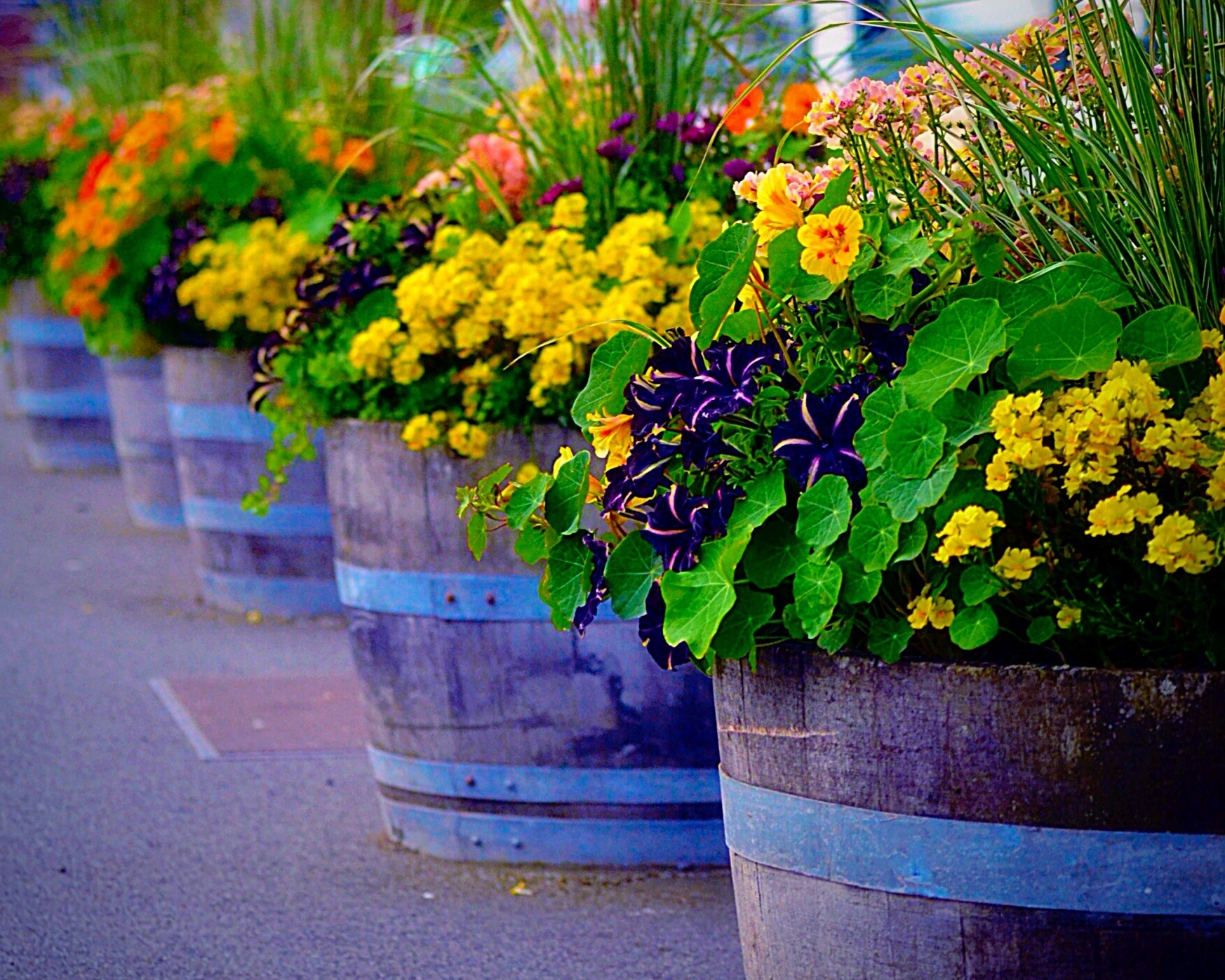Master Container Strawberry Growing: A Sweet Guide for Small Spaces

Imagine plucking ripe, juicy strawberries straight from your patio or balcony. Container gardening makes this dream a reality, even in the smallest of spaces. But how do you cultivate these sweet gems in pots? Let's dive into the world of container strawberry growing and discover how to turn your tiny plot into a fruiting paradise.
Why Grow Strawberries in Containers?
Container gardening is like renting a small apartment for your plants. It's perfect for those with limited space, offering a controlled environment for your strawberry plants to thrive. Plus, containers are portable, allowing you to chase the sun or dodge pests as needed.
Getting Started: Pots, Plants, and Preparation
Choosing the Right Container
Any pot will do, right? Not quite. Your container should be at least 10-12 inches deep and wide, with good drainage. Terracotta, plastic, or fabric pots all work well, but each has its own personality, affecting water retention and durability.
Selecting Strawberry Plants
There are three types of strawberry plants: June-bearing, everbearing, and day-neutral. For container gardening, everbearing and day-neutral varieties are your best bet, offering a longer harvest season. Strawberry varieties for containers
Preparing Your Potting Mix
Strawberries prefer well-draining, slightly acidic soil. A high-quality potting mix designed for containers is ideal. Avoid garden soil, which can compact and suffocate your plants' roots.
Planting Your Strawberries

Planting strawberries is like tucking them into bed. Ensure the crown (the point where roots meet stems) sits level with the soil surface. Too deep, and your plants may rot; too shallow, and they'll dry out.
- Fill your container with potting mix, leaving space for your plants.
- Gently remove the strawberry plant from its nursery pot, teasing out any tangled roots.
- Place the plant in the container, ensuring the crown is level with the soil surface.
- Fill in around the plant with more potting mix, firming it down gently.
- Water thoroughly, allowing excess water to drain away.
Caring for Your Container Strawberry Plants
Watering
Strawberries are thirsty plants, requiring consistent moisture. Aim to keep the soil evenly moist but not waterlogged. Check your pots daily, especially during hot weather.
Feeding
Container plants rely on you for food. Use a balanced, water-soluble fertilizer every 4-6 weeks during the growing season. Alternatively, mix slow-release fertilizer into your potting mix at planting time.
Light Requirements
Strawberries bask in the sun, needing at least 6-8 hours of sunlight daily. Place your containers in a sunny spot, and don't be afraid to move them around to maximize light exposure.
Temperature and Humidity
Strawberries are tough cookies, tolerating a wide range of temperatures. However, they prefer cooler conditions and may sulk in extreme heat. Keep them well-watered and consider providing some shade during heatwaves.
Harvesting Your Fruits of Labor
/strawberry-plant-683365806-5acd1e408023b90036bc71a4.jpg)
Strawberries typically bear fruit within a few months of planting. Pick them when they're fully red and slightly soft. Unlike other fruits, strawberries don't ripen after picking, so patience is key.
Harvest regularly to encourage more fruit production. Store your berries in the fridge and enjoy them within a few days, or preserve them for later use.
Troubleshooting Common Problems
Even with the best care, issues can arise. Here are some common problems and solutions:
- Bolting (premature flowering): This can happen if plants are stressed or exposed to extreme temperatures. Ensure consistent care and protect plants from extremes.
- Rotting fruit: This is often due to excessive moisture or poor air circulation. Space plants appropriately and avoid overhead watering.
- Pests and diseases: Aphids, spider mites, and powdery mildew can affect strawberries. Regularly inspect your plants and treat issues promptly with organic or chemical controls.
Conclusion: Embrace the Sweet Life
Growing strawberries in containers is like nurturing a sweet, edible pet. With the right care, you'll be rewarded with a bounty of juicy berries, even in the smallest of spaces. So, why not give it a try? Your taste buds will thank you!
FAQs
-
Can I grow strawberries from seeds in containers? Yes, but it's slower than using plants. Start seeds indoors in late winter, transplanting seedlings outdoors in spring.
-
How long do strawberry plants live? Strawberry plants can produce fruit for 3-4 years, but productivity declines after the first year. Many gardeners treat them as annuals for optimal harvest.
-
Can I use grow bags for strawberries? Absolutely! Fabric pots or grow bags are excellent choices, offering good drainage and aeration.
-
How do I overwinter my container strawberries? Strawberries need a period of dormancy. In cold regions, move containers to a sheltered location, such as a garage or shed, watering sparingly until growth resumes in spring.
-
Can I grow strawberries indoors? Yes, with the right conditions. Provide plenty of light, consistent temperatures, and adequate humidity for the best results.
0 Response to "Master Container Strawberry Growing: A Sweet Guide for Small Spaces"
Post a Comment